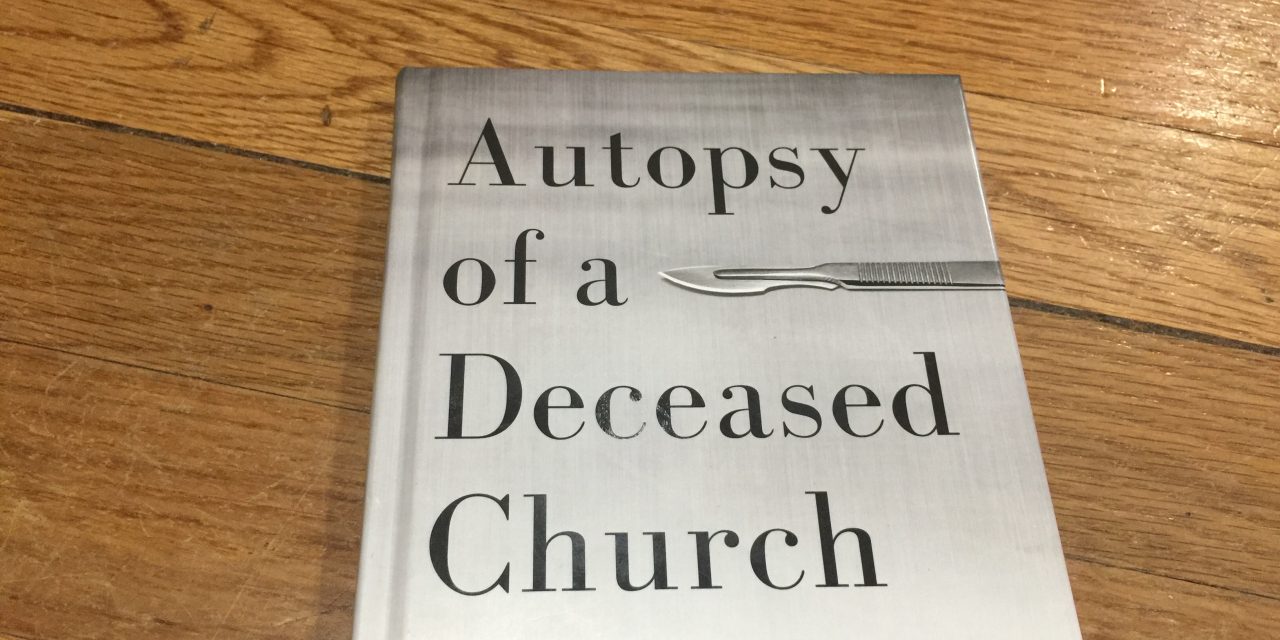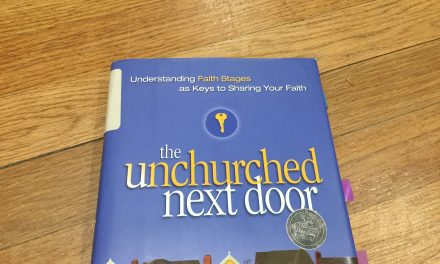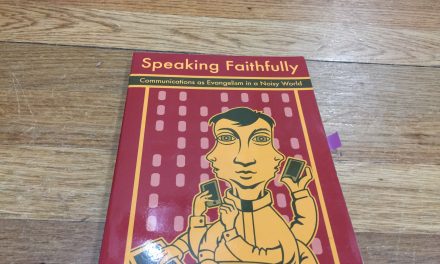I’d recommend Thom Rainer’s “Autopsy of a Deceased Church” to anyone on a committee that’s tasked with the health of the meeting. Even if your meeting is healthy and growing, read this so you know what warning signs to watch for. Erosion is slow. You’ll only notice it if you’re paying attention.
The book is based on looking at the years leading up to the closure of 14 different churches and seeing what trends there were. It’s also extremely short. It’s about 100 pages, and practically every fifth page is just a page of queries.
I’m just going to quote some things that really stuck out to me.
Self-centeredness
But more than any one item, these dying churches focused on their own needs instead of others. They looked inwardly instead of outwardly. Their highest priorities were the way they’ve always done it, and that which made them the most comfortable.
He looked at budgets too, sometimes going back 20 years. You know that thing Jesus says about “where your treasure is, your heart will be also”? Your budget shows your priorities.
Our autopsy revealed, in most cases, cuts were made to ministries and programs with outward foci. So a particular ministry to the community is no longer essential. Funds to reach beyond the church are no longer available. The decision is justified by declining receipts. Fair enough. But notice that the outreach and community ministries are the first to go.
Fear of the unknown
Certainly I think liberal Friends overall are guilty of expecting people to just show up without us putting in any work (that’d be evangelism, which is bad).
Members of the dying church weren’t willing to go into the community to reach and minister to people. They weren’t willing to invite their unchurched friends and relatives. They weren’t willing to expend the funds necessary for a vibrant outreach.
They just wanted it to happen. Without prayer. Without sacrifice. Without hard work.
But here’s the bigger issue. Even if the church began to grow on its own, the members of the dying church would only accept the growth if the new members were like them and if the church would continue to “do church” the way they wanted it.
That ties into the chapter where he talks about changing demographics around the church building. Often churches that fail to reflect their changing local community die off in a generation or two. Implicit bias has been a point of discussion in some yearly meetings in recent years, and this is related.
In fact, a Friend once told me they’d been asked, “can we target these Facebook ads only to people who are just like us?” When pressed, the asking Friends explained, “people who aren’t just like us won’t stick around anyway.” That, of course, says more about the welcome offered by these Friends than it does about their diverse visitors.
A raison d’être
The church was not really a church. It had no purpose. None of the members talked about fulfilling the Great Commission. None of the members spoke about carrying out the Great Commandment in the church. None ever came close to speaking with a burning passion about making a difference in the community.
The churches were purposeless. They were engaged in an activity called, “This is the way we’ve always done it.”
Now, that “Great Commission” stuff is sure to have some liberal Friends cringing, but having a purpose or a mission does matter. I don’t mean a mission like “we sent Joe and Jane halfway around the world for three months.” I mean look at any non-profit and you’ll see they have a vision statement and a mission statement. The vision statement is the world you want to build (yes, we have the short, classic answer “the Kingdom of God,” but try to be a bit more specific), and then the mission statement is how you’re going to do that. Some churches minister to the poor by running a food pantry. Each meeting should hopefully have a clear idea of what its “thing” is, and hopefully it’s not just a social club.
What to do
The book finishes out with twelve suggestions for what you can do to revive your meeting if you’re unhappy with the results of the health checkup. There are four suggestions each for three different diagnoses. Well, ok, for the most dire diagnosis (imminent death), it’s really a list of suggestions for putting your meeting’s affairs in order.
Oh, read chapter 8 as being about burnt out clerks instead of a revolving door of pastors, and it’ll still apply.
⭐️⭐️⭐️⭐️⭐️ 5 stars




Recent Comments